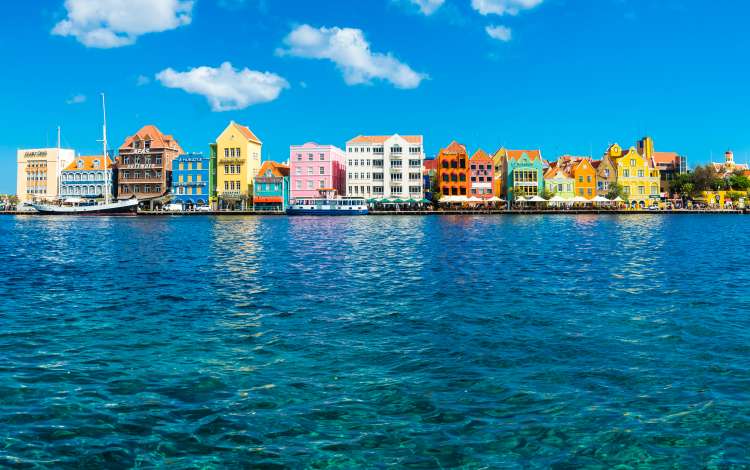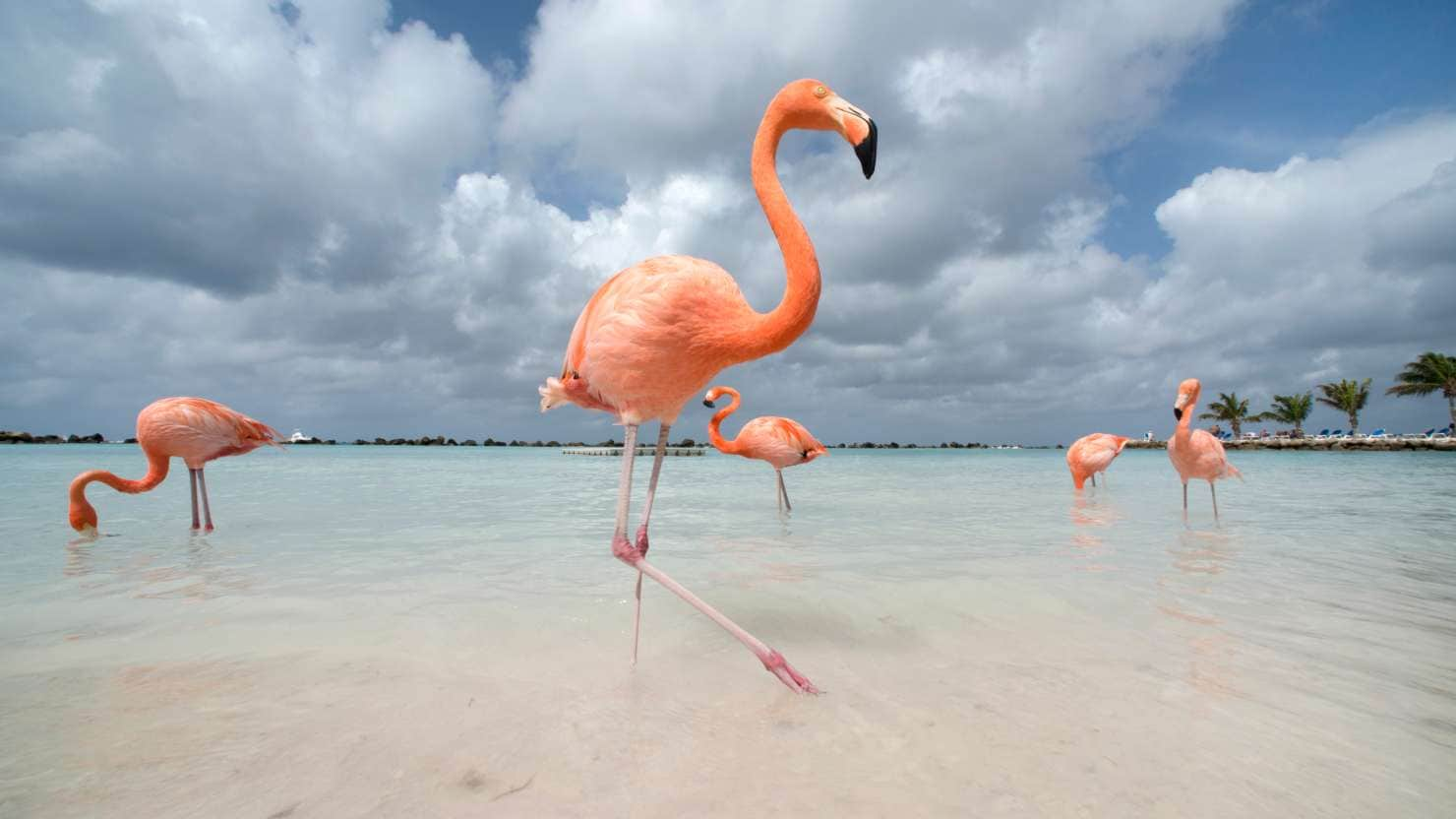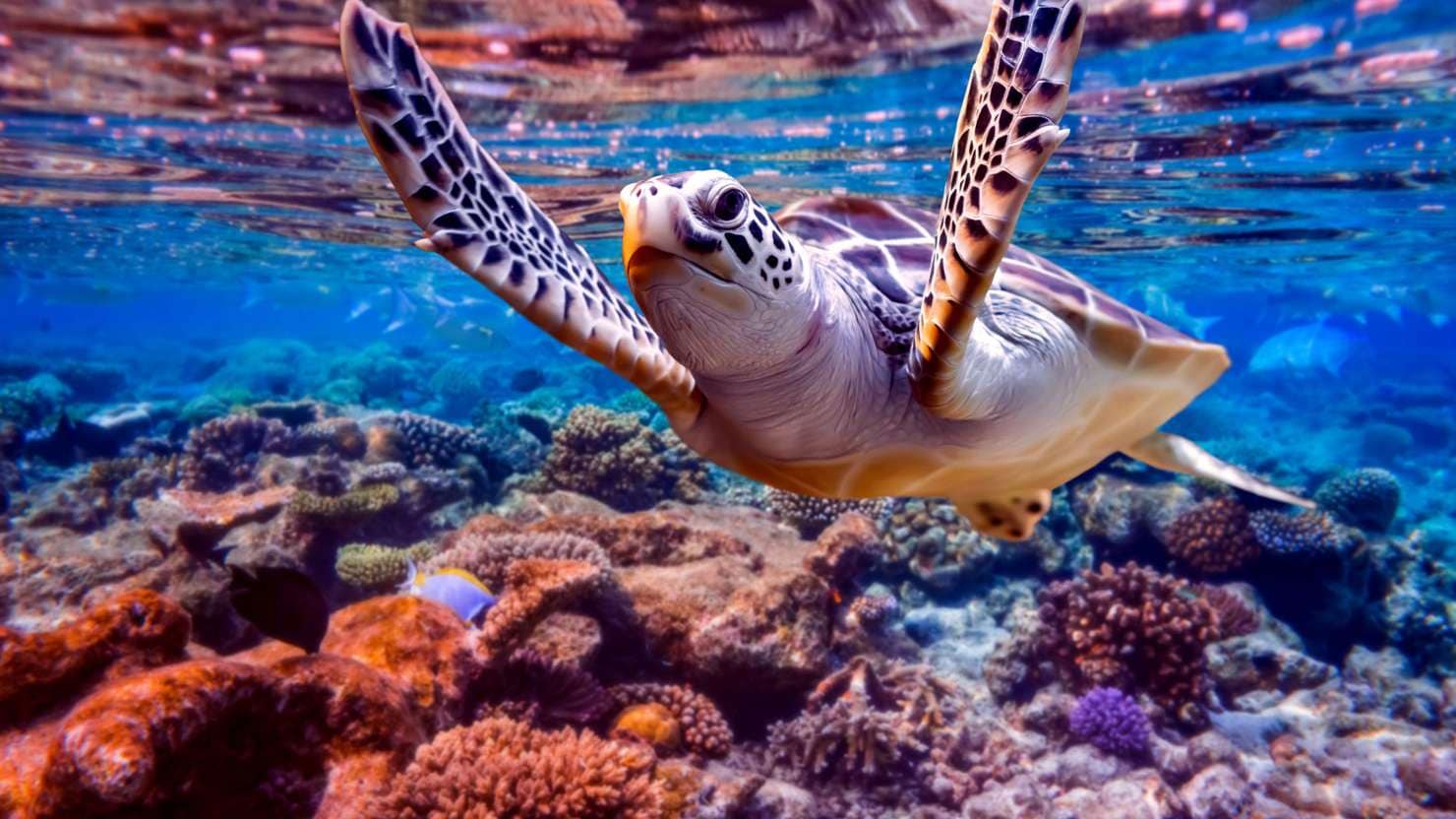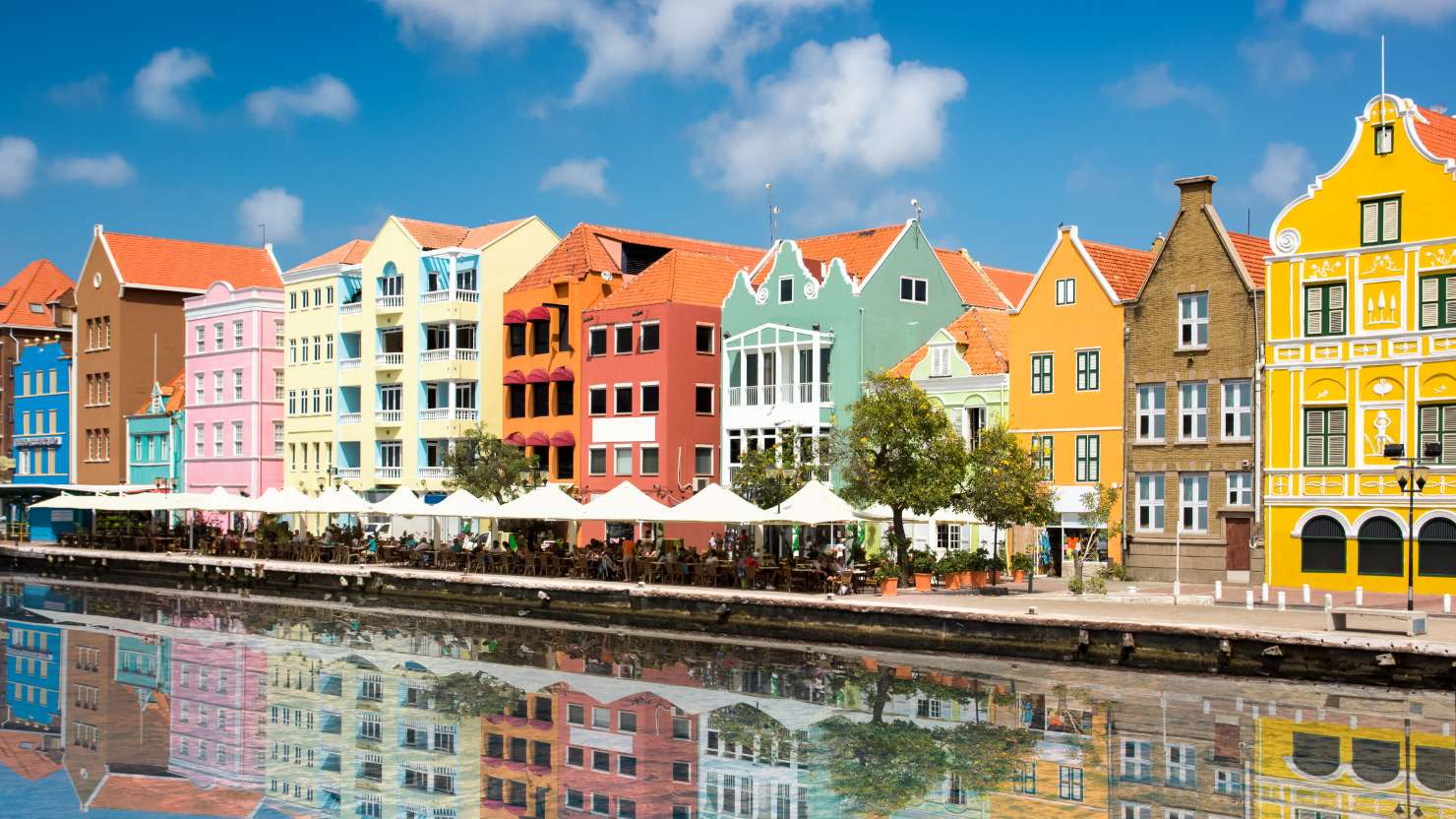What's new for winter 27/28
Explore more on Destinations

Aruba, Bonaire and Curaçao - three little gems of the Dutch Caribbean, known locally as the ABC islands. Aruba resident and writer Liliana Erasmus desrcibes their individual characters and dinstinctive charms.
Aruba may be the smallest of the ABC Caribbean islands, but these 69 square miles of low-lying, cactus-covered hills surrounded by pristine white-sand beaches offer adventure and discovery galore.
Island touring by bus, safari jeeps or helicopter are excellent ways to get an overview of Aruba’s diverse landscapes, then hop out and take a closer look. Energetic souls can hike or bike through our Arikok National Park. It covers 20 per cent of the island and includes some unique geological, cultural and historical sites. Don’t miss the natural pool known as Conchi on a wild, remote spot of the coast. Surrounded by waves crashing against rocks, its tranquil waters are protected by a circle of volcanic stone.
Another attraction is the huge, wind-carved rock formations at Casibari. The limestone Quadirikiri caves are atmospheric, too. Look out for ancient native drawings honouring the spirits of this sacred place as you make your way through the stalagmites and stalactites. At Boca Grandi bay, colourful kites dance underneath a bright blue sky. Watch the surfers jumping the waves or simply gliding across these clear, salty waters. Get close to the island’s precious marine life with a deep, stay-dry dive in the Atlantis Submarine, located in the harbour area. A sailing trip along the island’s coastline is another perfect getaway. Enjoy breathtaking views of one of the Caribbean’s most beautiful stretches of beach and plunge into the crystal-clear waters with a swim stop.

Bonaire is the most serene of the Caribbean ABCs, and the best preserved. National Park Foundation STINAPA, founded in 1962, is dedicated to the conservation of Bonaire’s natural and historical heritage through the sustainable use of its resources. The efforts have paid off. Today, Bonaire is a pioneer of ecotourism with world-renowned diving and snorkelling opportunities.
A short boat trip to the small offshore island of Klein Bonaire opens up an underwater paradise with impressive coral formations and all the aquatic life the Caribbean islands are famous for. Klein Bonaire is uninhabited, so you can really experience what life on a deserted island feels like. Another lovely hangout is Pink Beach, so called because of its soft pink shoreline, created by the crushed shells of tiny marine creatures called foraminifera. A storm in 1999 washed away a great part of the coloured sand but the beach remains a popular swimming spot for locals. Bonaire’s Lac Bay boasts one of the best-preserved mangrove forests in the Caribbean and an up-close tour is a must. Kayaks and solar-powered boats offer easy access, and local naturalist guides will explain the ins and outs of this crucial nursery for many species of tropical fish.
A secluded beach with shallow waters sits at the northern end of Lac Bay, while at Lac Cai beach there is live music at weekends and the beach shack serves delicious fresh seafood and ice-cold beverages.

Sailing into Willemstad is like arriving in the beating heart of Curaçao. The natural harbour of its port, Schottegat, welcomes you with a parade of brightly coloured buildings, floating markets, seaside stalls, shops and malls. Dig a little deeper to discover the island’s multi-ethnic roots and Dutch colonial past at the nearby Maritime Museum.
The capital city of Willemstad is divided into four historic quarters. Downtown’s Punda and Otrobanda are accessed by the slender Queen Emma Bridge. In shopping paradise Punda, modern life meets tradition. Look beyond the luxury goods to find local treasures and delicacies, such as artisan pralines and fudge made with coconut, cashew and peanut, or sip a cooling cocktail blended with the famous Blue Curaçao liqueur. Right across the St Anna Bay is the historical UNESCO-protected Otrobanda. Join a walking tour to learn more about Otrobanda’s oldest buildings and Dutch colonial architecture.
What makes Curaçao stand out is the pride locals take in preserving their traditions and cultural inheritance. The Kura Hulanda Museum exhibits a unique collection to showcase Curaçao’s identity and background, including the African slave trade, pre-Colombian gold and Dutch Caribbean art. To get a glimpse into the island’s past, visit the Tula Museum at Landhuis Knip country house. As you drive back to the port, you’ll pass the dazzling pink of flocks of flamingos on the Jan Kok salt flats.

of
Don’t miss out! Sign up for latest news, offers and competitions from P&O Cruises.